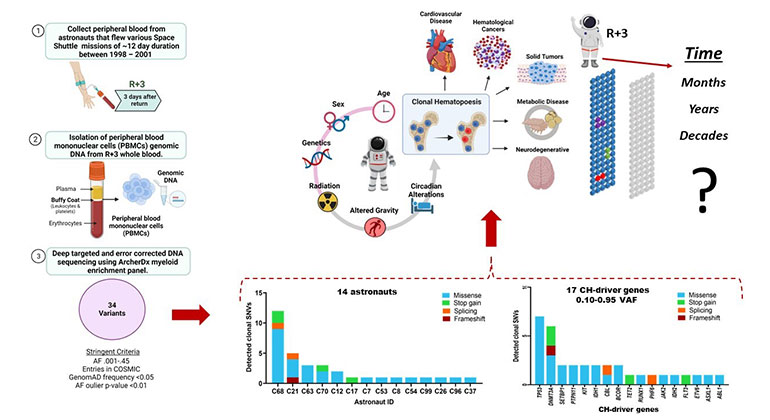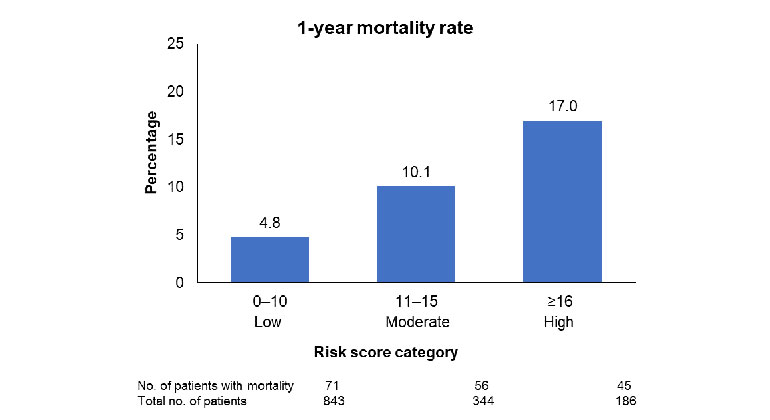Gene Therapy Clips Out Heart Failure Causing Gene Mutations
Mount Sinai Heart study shows gene therapy can clip out genetic material linked to heart failure and replace it with the normal gene in human cardiac cells.
Gene therapy can clip out genetic material linked to heart failure and replace it with the normal gene in human cardiac cells, according to a study led by researchers from the Cardiovascular Research Center at Icahn School of Medicine at Mount Sinai. The study is published in the April 29 edition of Nature Communications.
"Genetic mutations, the small random, changes in the genetic code making up genes, are major culprits in the weakening heart muscle seen in patients with heart failure," says Roger J. Hajjar, MD, Director of the Cardiovascular Research Center of Mount Sinai Heart at Icahn School of Medicine at Mount Sinai. "Our study results reveal that specific forms of heart failure can now be targeted by a new kind of gene therapy that acts as ‘molecular scissors’ cutting out the mutation and inserting the normal genetic code in its place."
Cardiomyopathies are diseases of weakened heart muscle, which can lead to heart enlargement and heart failure. The conditions are often genetically inherited. A number of inherited gene mutations have been associated with cardiomyopathies, including mutations in the phospholamban (PLN) gene, which is a critical regulator of healthy cardiac cell function and its calcium cycling. Calcium is a critical mineral for heart muscle cells to properly contract and pump blood from the heart to the rest of the body.
The R14del mutation within the PLN gene has been identified in a number of families with genetic heart failure. The mutation is linked to dilated heart muscle, dysfunctional heart muscle contraction, dangerous arrhythmias, and the development of heart failure by middle age.
In the study, the research team collected skin cell samples from a heart failure patient who has the R14del mutation. The skin cells from the patient were then transformed in the laboratory to become induced pluripotent stem cells (iPSCs). These stem cells, which carry the genetics of the heart failure patient, were then differentiated from the skin cells into specialized heart muscle cells called cardiomyocytes (iPSC-CMs), which also carry the patient’s genetic history.
Examination of these beating cardiac cells in a laboratory dish confirmed R14del mutation causes common abnormalities linked to heart failure including: improper pumping of calcium within cell compartments which can lead to enlargement of heart muscle tissue, electrical instability which can cause arrhythmias, and molecular markers which can lead to thickening of the heart muscle.
To correct the gene mutation in cardiomyocytes researchers successfully used two novel methods. First, they used a specifically designed transcription activator-like effector nucleases called TALENs to target and eliminate the presence of R14del-associated disease in cardiac cells. This genome engineering technique cut out the diseased gene and replaced it with a normal PLN gene resulting in normally functioning cardiomyocytes.
Secondly, they used an adeno-associated viral-vector (AAV) gene therapy approach with the harmful part of a virus removed to safely target the inside of cardiac cells and knock-down the abnormal PLN gene in cardiac cells and simultaneously express normal PLN gene successfully reversing disease. This method works within the diseased cardiac cells to suppress the expression of the diseased gene and express normal PLN proteins. This gene therapy approach also corrected the functional abnormalities of the cardiac cells.
"Our findings offer potentially new strategies to target and interrupt the disease causing path of the mutation associated with cardiomyopathies and heart failure," says Dr. Hajjar. "Having now corrected this heart failure gene abnormality in human cardiac cells, our research will move forward to further test this approach in vivo in animal and pre-clinical studies. We look forward to eventually testing this gene therapy approach one day to correct the gene abnormality in heart failure patients."
"This is a major breakthrough in molecular medicine and paves the way for future studies in personalized therapy for heart failure patients aiming to specifically correct their defective genes," says study co-author Litsa Kranias, PhD, of the University of Cincinnati, who first discovered the PLN gene R14del mutation in a Greek family.
"This finding has a huge impact for patients with inherited cardiac disease in the Netherlands as around 10 percent of our patients with dilated or arrhythmogenic cardiomyopathy carry this particular founder mutation," says Folkert W. Asselbergs, MD, PhD, FESC, Department of Cardiology, Division Heart & Lungs University Medical Center in Utrecht, Netherlands who provided cardiac cell samples of PLN R14del patients for the research team. The Netherlands population has a high prevalence of this mutation.
This study was supported by grants from the National Institutes of Health (NIH R01 HL117505, HL 119046); a NHLBI Program of Excellence in Nanotechnology (PEN) Award (HHSN268201000045C); a P50 HL112324; and a Transatlantic Fondation Leducq grant; NIH K99 HL104002; and American Heart Association (15BGIA22730027); and NIH HL26057; and the Hellenic Cardiological Society.
Dr. Hajjar is the scientific cofounder of the company Celladon, which is developing gene therapy for the treatment of heart failure. He holds equity in Celladon and receives financial compensation as a member of its advisory board.
About the Mount Sinai Health System
Mount Sinai Health System is one of the largest academic medical systems in the New York metro area, with 48,000 employees working across seven hospitals, more than 400 outpatient practices, more than 600 research and clinical labs, a school of nursing, and a leading school of medicine and graduate education. Mount Sinai advances health for all people, everywhere, by taking on the most complex health care challenges of our time—discovering and applying new scientific learning and knowledge; developing safer, more effective treatments; educating the next generation of medical leaders and innovators; and supporting local communities by delivering high-quality care to all who need it.
Through the integration of its hospitals, labs, and schools, Mount Sinai offers comprehensive health care solutions from birth through geriatrics, leveraging innovative approaches such as artificial intelligence and informatics while keeping patients’ medical and emotional needs at the center of all treatment. The Health System includes approximately 9,000 primary and specialty care physicians and 10 free-standing joint-venture centers throughout the five boroughs of New York City, Westchester, Long Island, and Florida. Hospitals within the System are consistently ranked by Newsweek’s® “The World’s Best Smart Hospitals, Best in State Hospitals, World Best Hospitals and Best Specialty Hospitals” and by U.S. News & World Report's® “Best Hospitals” and “Best Children’s Hospitals.” The Mount Sinai Hospital is on the U.S. News & World Report® “Best Hospitals” Honor Roll for 2025-2026.
For more information, visit https://www.mountsinai.org or find Mount Sinai on Facebook, Instagram, LinkedIn, X, and YouTube.
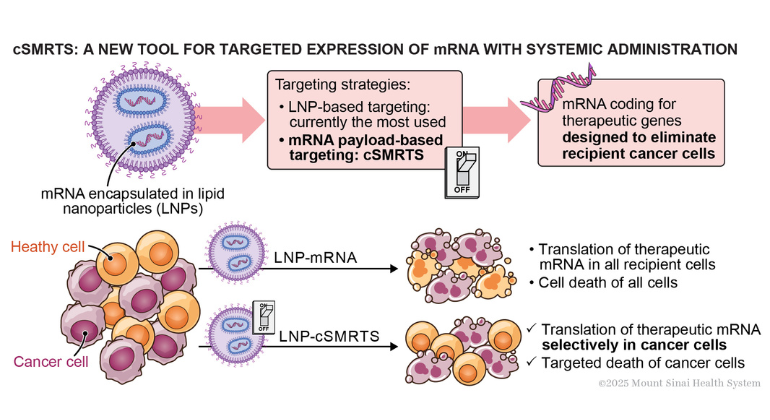
Scientists Develop a Smarter mRNA Therapy That Knows Which Cells to Target
Dec 15, 2025 View All Press Releases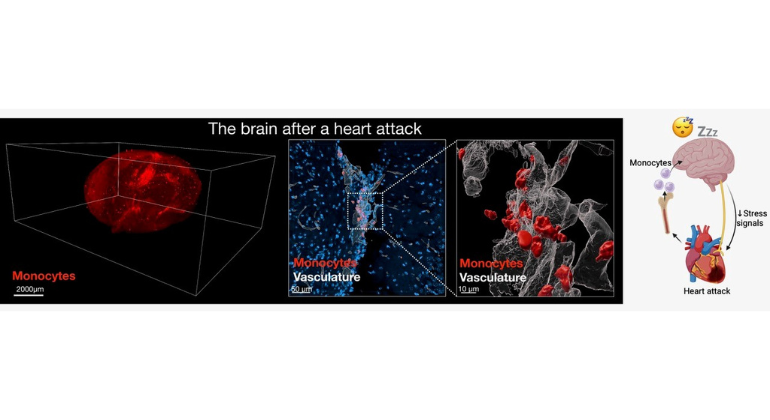
After a Heart Attack, the Heart Signals to the Brain to Increase Sleep to Promote Healing
Oct 30, 2024 View All Press Releases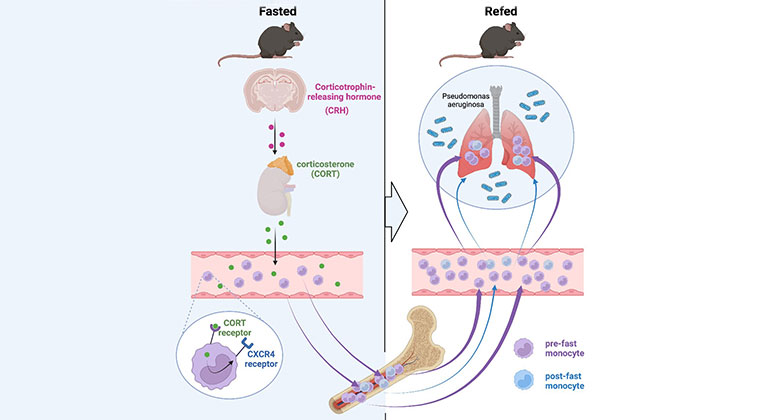
Skipping Breakfast May Compromise the Immune System
Feb 23, 2023 View All Press Releases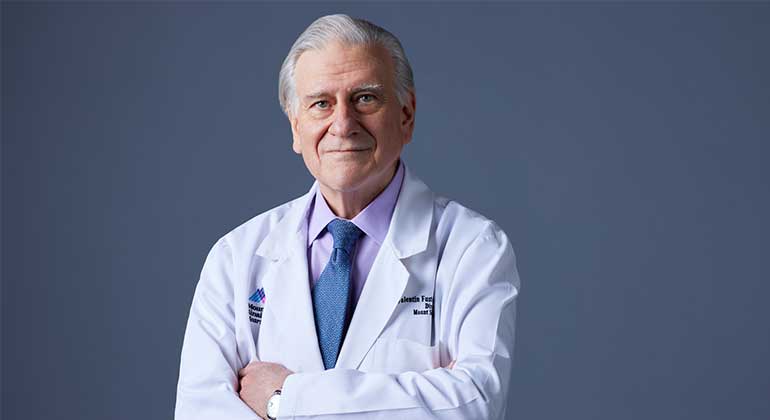
Valentin Fuster, MD, PhD, Named President of Mount Sinai Heart
Oct 18, 2022 View All Press Releases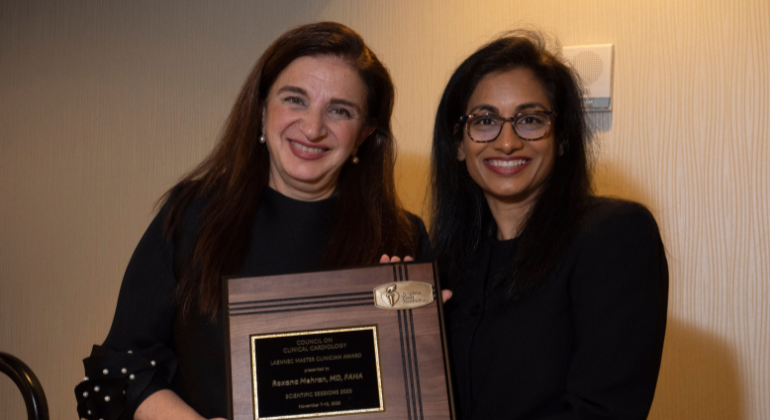
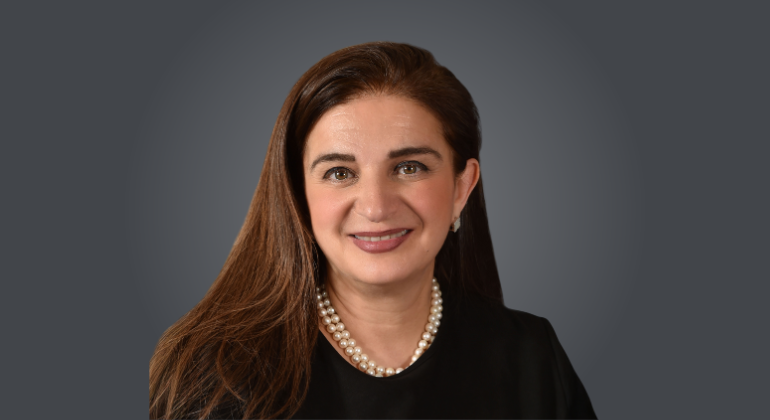

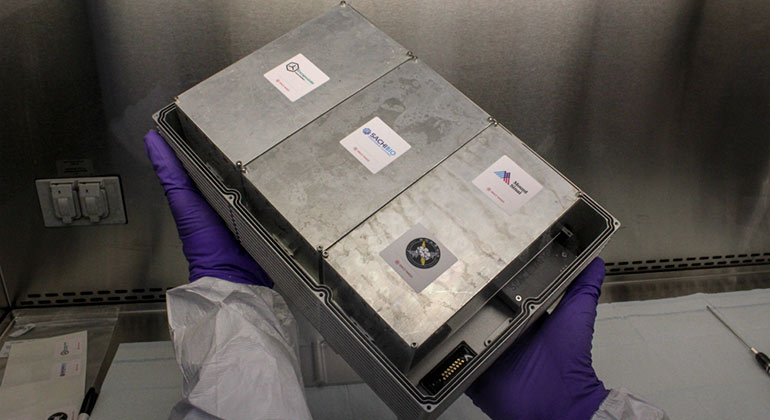
.jpg)
